Whether the weather you need to weather is coming by land or by sea, we're here to help you prepare for it.
Hurricane Season is back again, and tornadoes and flash flooding can strike during any season. While we don't yet have the technology to stop powerful storms from wreaking havoc, we do have the technology to help prepare us for them. Your trusty Android phone is a tool that helps you through most major events in your life, and severe weather is no exception, so long as you properly prep your phone and have a plan in place to follow with it. We are here to help you, so let's batten down the hatches and get the barn doors shut with the best weather apps, services, and accessories.
Weather Essentials
Regardless of the kind of weather you'll face when you step outside your door, there are some weather essentials everyone should have on their phones, and that starts with a reliable weather app. Whether you check your forecast once a day, once a week, or once an hour, a great weather app will keep you from getting caught in the rain — or the flash flooding they can bring with them.
There are dozens of weather apps on the Play Store, and while they have various layouts and features, the most important aspect of a weather app can't really be reviewed for everyone: how accurate it is for you. Weather apps pull their data from a variety of weather services, and some are better in some regions than others. It's important to find a weather app that doesn't just look good, but one that's accurate for your area, so that you get the best forecasts available and can be better prepared.
Going local: Find a meteorologist you trust
Many local TV stations have weather apps that offer up forecasting directly from their team of meteorologists. They may not be the newest or shiniest apps, but they may very well be the most accurate forecasting you can get, and they almost always offer live streaming during severe weather events. If they're not streaming through their apps, rest assured they'll be streaming on social media or the station's website.
Make sure that during a severe weather event, you have a way to listen to what your local meteorologist is saying. They're going to give you the most up-to-date information and warn anyone in the storm's path more efficiently than a simple NWS alert from a national or international weather app.
Beyond having a weather app and a meteorologist you trust, there are a few other things that are useful to have on your phone at all times:
- Get the number for your local Office of Emergency Management. When severe weather or other disasters occur in your county, the OEM runs the show and coordinates the response. Find their number and put it in your Contacts.
- While you're at it, add in the numbers for all of your insurance companies — medical, auto, homeowners/renters, et cetera — because you might not have internet for a while after a big storm.
- Keep a current photo of yourself, your loved ones (including pets), and your vehicles both backed up to the cloud via Google Photos and stored locally in case the internet is down. You should also take this opportunity to take good, clear photos/scans of your insurance policies in case they get blown away or waterlogged.
Severe Weather Smartphone Accessories
Of course, your phone isn't going to do you much good in an emergency if it's dead or waterlogged, and here are a few accessories that can help ensure that your phone lives through a major severe weather event.
Rynapac A03 Waterproof Phone Pouch (2-pack)
While some waterproof pouches are dive-oriented, a floating model can help ensure it doesn't sink out of sight when you're dealing with flooding. Just make sure you keep it attached to a lanyard or belt loop, or the storm surge could carry it away.
CaliCase Extra Large Waterproof Floating Case
This floating case is American-made, a little sturdier than the Ryanpac for re-use, and it has some models that glow in the dark, should you need help locating it at night. The hole for lanyards and carabiners is also a bit bigger.
Xcentz PD 18W Portable Charger (5,000mAh)
If you live in Tornado alley, this power bank is small enough that you have no excuse to ever leave the house without it. It'll ensure you can recharge your phone once, which should be all you need to ride out a few hours in the shelter.
BLAVOR Solar Charger Power Bank
If the power ends up being out for days and days, this portable charger can be a real lifesaver. It recharges its 20,000mAh battery through either USB-C Power Delivery or via solar, and it can charge four devices at once.
RAVPower 252.7Wh/70200mAh Portable Power Station
Need to power all your gear through days of rolling blackouts during a winter storm? RAVPower's power station can charge phones, laptops, and you can even run a CPAP or small appliance with it — just not a microwave.
If these batteries don't spark your interest, check over on Thrifter for more deals on battery packs. Seriously, there's a portable battery of some shape or size on sale almost every day. Most importantly, charge batteries early and often.
Once the power's out, you don't know when it's coming back on.
Blizzards and Winter Storms
Whether you're facing feet of snow or inches of ice, the name of the game here is power-saving. Winter storms can knock out the power for days at a time, and while you can build a fire in the fireplace to keep warm, that won't keep your phone alive. For that, you need a good power bank and you need to make sure your phone can last as long as possible before it needs a recharge. Beyond turning on Battery Saver or Power saving mode for your phone, here are some things you can do to conserve battery:
- Turn off Bluetooth if you are not actively using it.
- Turn off Wi-Fi. If your power is out, the Wi-Fi is, too.
- Put your phone into airplane mode overnight rather than turning it off entirely.
- Turn down screen brightness and use a pitch black wallpaper if you're using a phone with an AMOLED screen. The fewer pixels that are on, the less power being used.
- Turn down the screen-off timer to 20 seconds or less.
- Use a real flashlight when looking for something, not your phone.
If you have a car, get yourself a car charger so that you can head out to the car and recharge if you need to — just don't run your car in a closed garage and if outside, make sure your tailpipe isn't covered/frozen over. You might also consider getting a power inverter for your vehicle that could charge other gear or power small appliances.
Hurricanes
Hurricanes are powerful, devastating, and — for better or worse — slow-moving. If you are in the path of a hurricane, you will (hopefully) have days to prepare, but you, unfortunately, will have far more you need to prepare for than our tornado-facing friends. Radar and weather alerts are slightly less urgent in a hurricane considering how large an area tends to fall under Tropical Storm and Hurricane Watches and Warnings, but there are a number of things you can and should do with your phone to prepare:
- Bookmark the National Hurricane Center's website and subscribe to their new predictions (put out every 6 hours) via Twitter or Facebook.
- Check the American Red Cross's hurricane prep page. I'd direct you to their app, but it's not well-designed and the notifications are absolutely horrible.
- Turn on photo backups in Google Photos. Do it right now and start photographing everything you own for insurance. Your home, your cars, your tech, your loved ones. Photograph or video everything, throw it in a folder in Google Photos, and hope that you don't need to use them to convince your insurance agent that there was not, in fact, a tree on top of your car before the hurricane came.
- While you're taking photos, switch over to a Google Sheets spreadsheet or a Google Keep note as you go and inventory things. Google Keep will also be a good way to keep notes and to-do lists in order as you go through storm prep, buy provisions, and make lists of what needs repairing/replacing once the storm passes.
- Download whatever music/books/movies/games will keep you and your brood sane if and when the networks go down. If you have old/spare phones and tablets, load them up with media so you don't kill the batteries on the phones that matter once the power's out.
Tornadoes and Severe Thunderstorms
While hurricanes usually come with a fair amount of warning, usually you're lucky if you get 15 minutes warning before a tornado hits. In most cases, by the time the National Weather Service sends a Tornado Warning, either there's already been a touchdown or that funnel cloud is really close to it. This is why proper watch/warning alert settings on your weather app of choice are critical.
Alert settings in 1Weather and First Alert 25
On many weather apps, Severe Weather Alerts are an all-or-nothing setting — a single toggle — but some apps understand that different levels of weather alert warrant different levels of alarm. For instance, on 1Weather, you can set different sounds for watches and warnings, and you dictate which levels of alert trigger a Vibration, Flash, or Alarm to alert you.
This means that for a Watch, when severe weather is possible, 1Weather can have your phone just vibrate but not play a sound. For a Warning, when severe weather is expected or already arriving, 1Weather can cue the lights and sirens. Meanwhile, the First Alert 25 app used in Central Texas allows you to pick which watches and warnings you are notified for. If you don't want to be bothered with thunderstorm warnings but do want to know about tornado watches and warnings, you can do that, but the Tornado Warning and Thunderstorm Warning are going to give the same tone and vibration.
Radar pages in Weather Underground and The Weather Channel
Broken lines of supercells and isolated tornadic storms are quick to develop, quick to move, and quick to change, so having a good radar app is extremely useful. Nothing quite convinces you to get back inside right now like a nasty mess of red, purple, and black barreling towards your GPS pin on a radar map.
Most weather apps have some kind of radar included, but some are more robust than others. Not everyone needs the professional-level radar of $10 (plus a subscription) RadarScope, but Weather Underground offers an hour loop on its radar as opposed to the half-hour radar loop on most weather apps. The Weather Channel sports a two-hour radar loop. Some apps also offer "future radar" rain forecasts, but during severe weather, those will likely not be all that accurate.
Are you ready for the storm?
What other preparations do you make with your phones for severe weather season? And what non-phone preparations have you made? Is there a storm kit in your car or your house? What severe weather alerts do you have set up on your phone? Let us know your severe weather setup in the comments, and if you have any tools in your prep kits that served you well during previous hurricane seasons, share them!
Updated May 2021: This guide has been updated with better waterproof pouches as hurricane season returns for 2021. Stay safe, dry, and secure, everyone.
from Android Central - Android Forums, News, Reviews, Help and Android Wallpapers https://ift.tt/2K6lYhf
via IFTTT
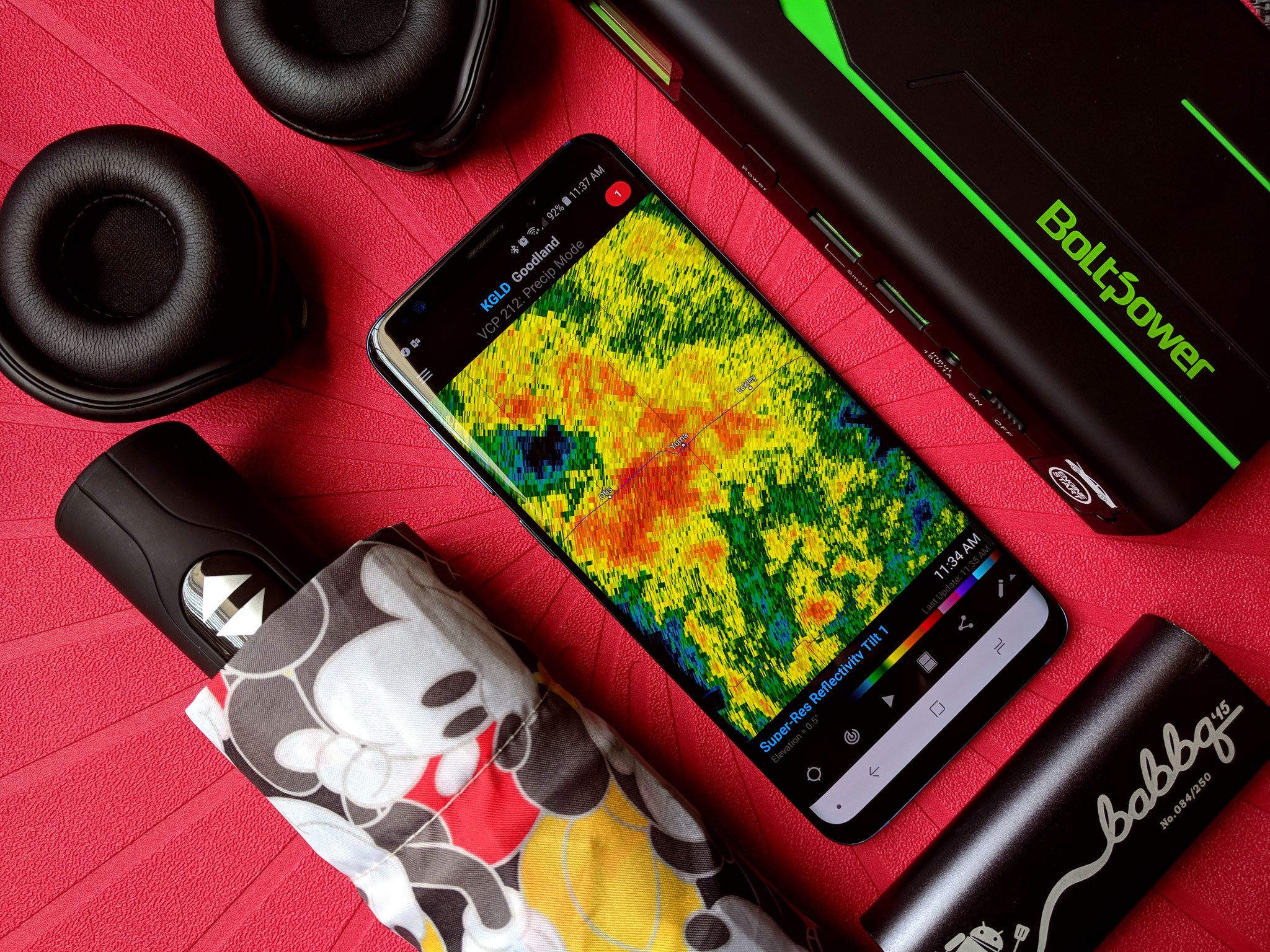
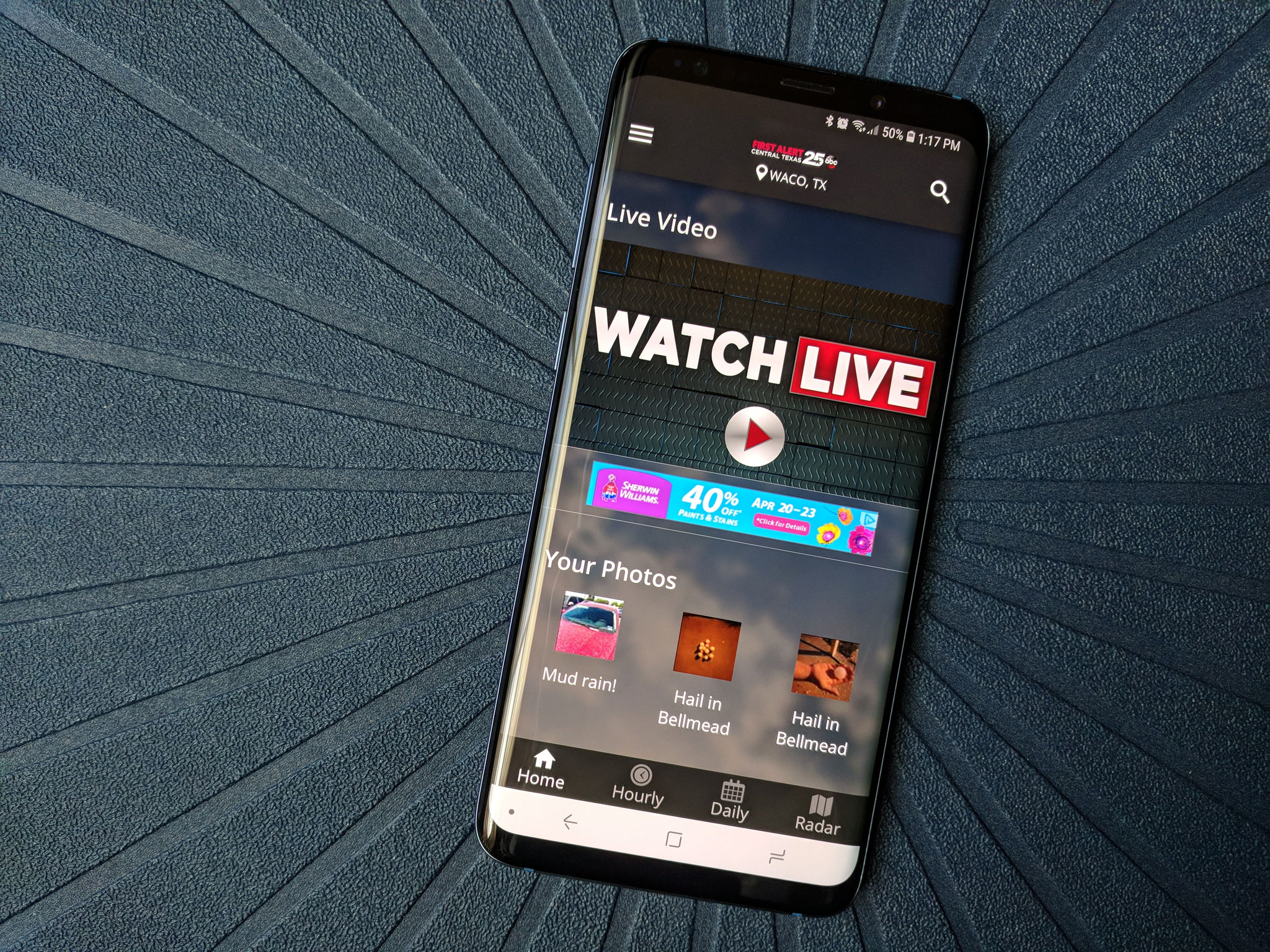
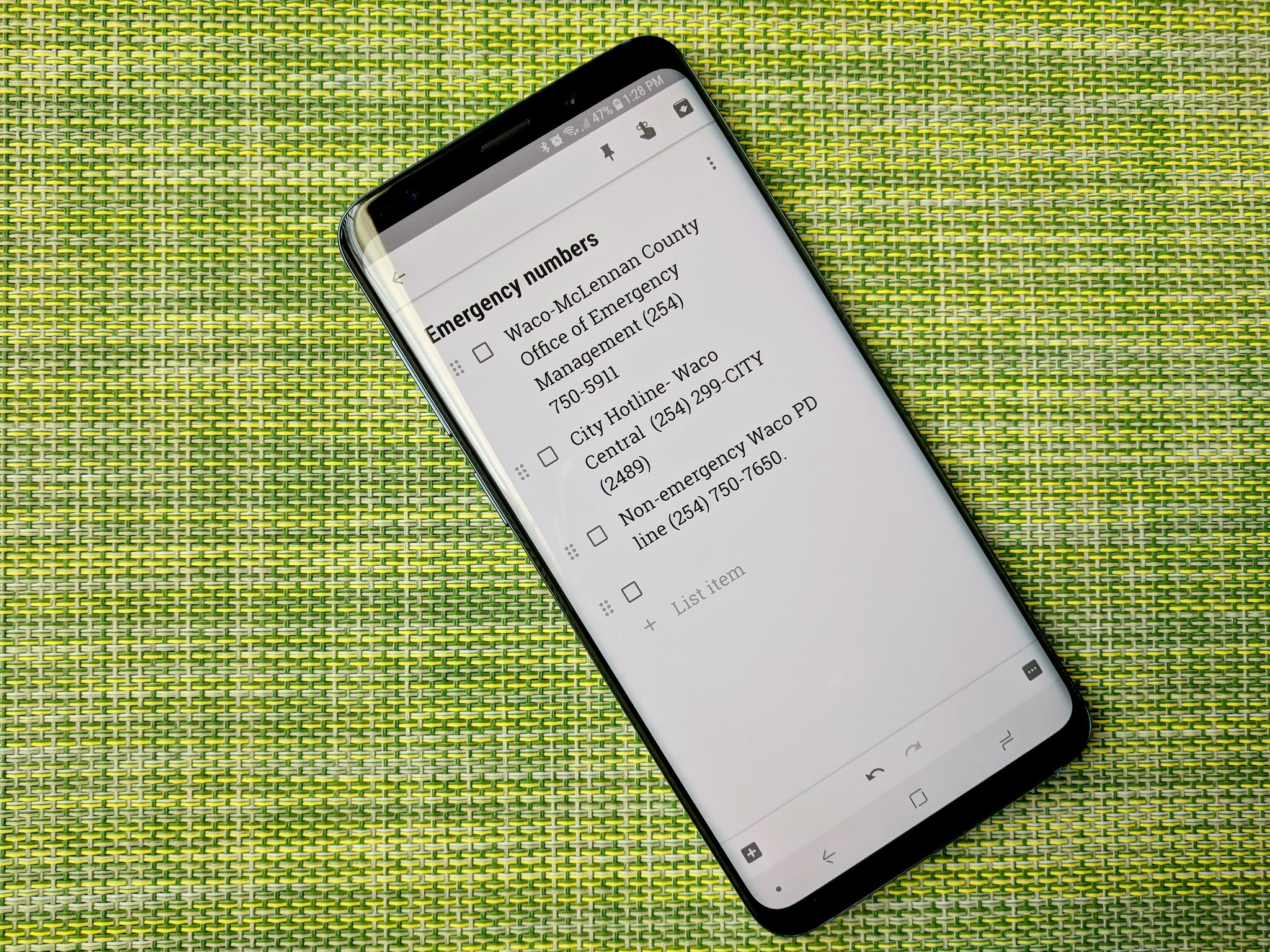
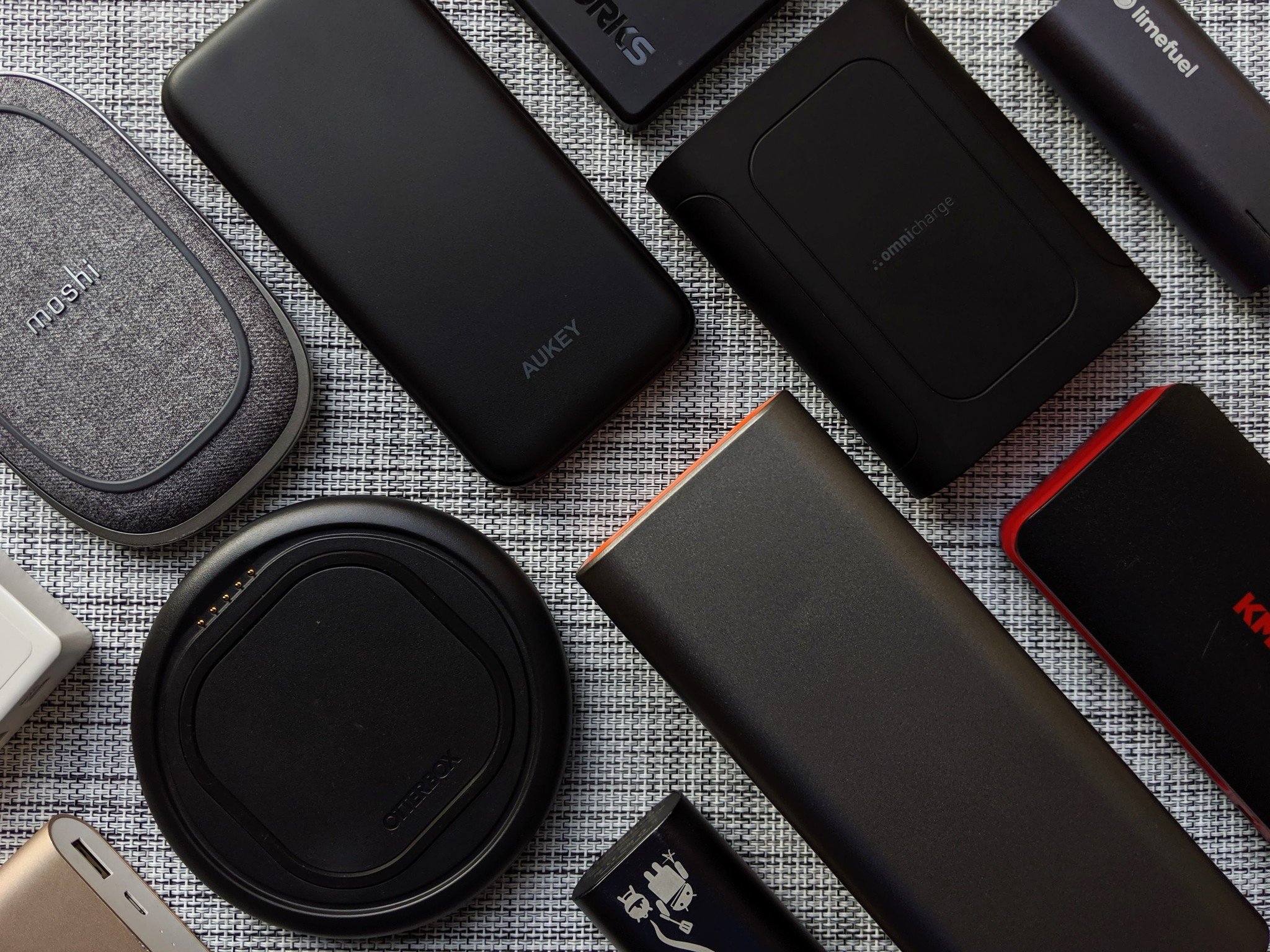
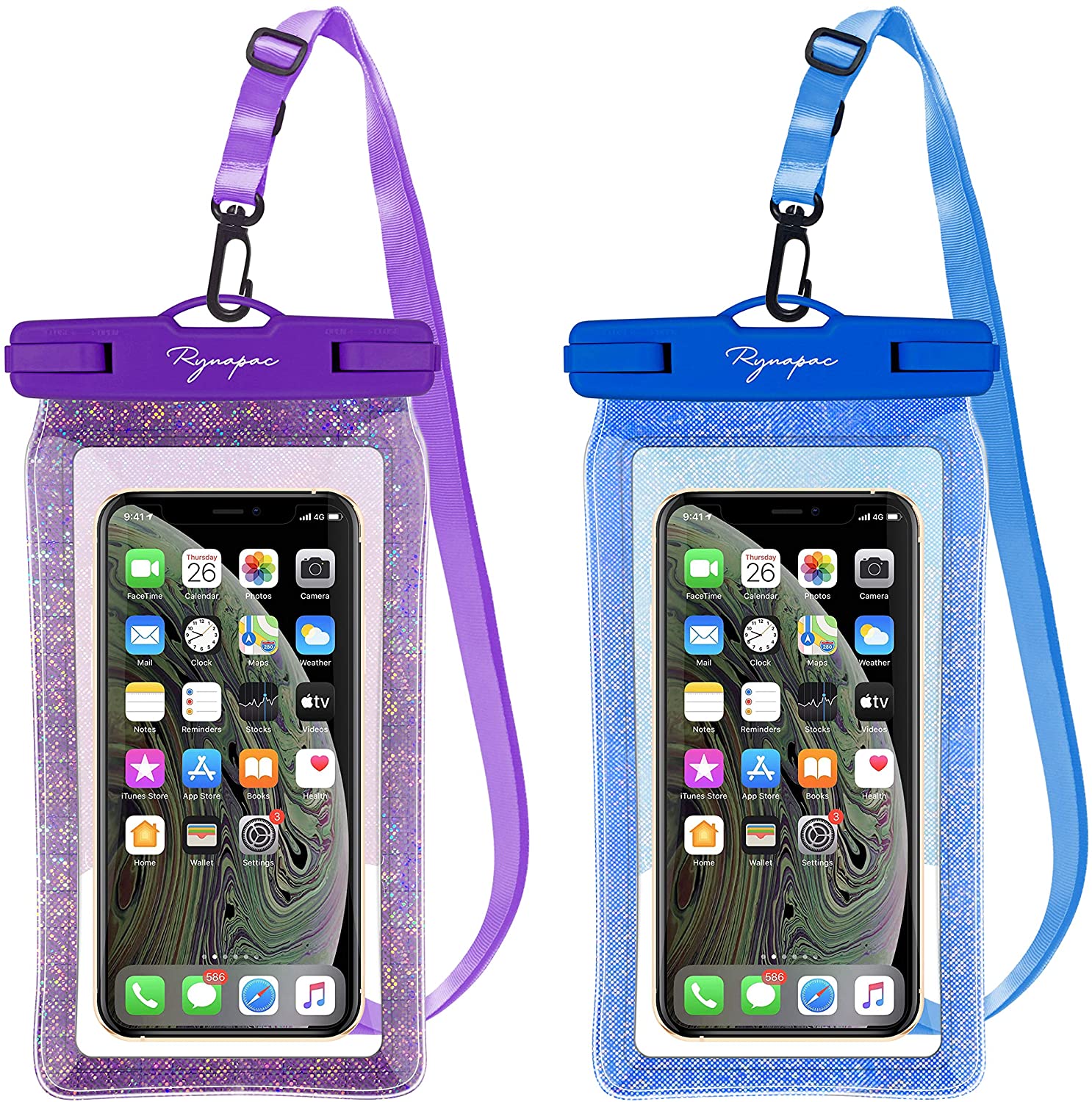
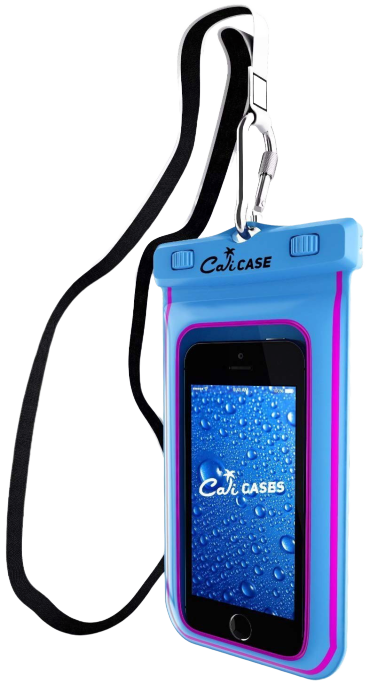
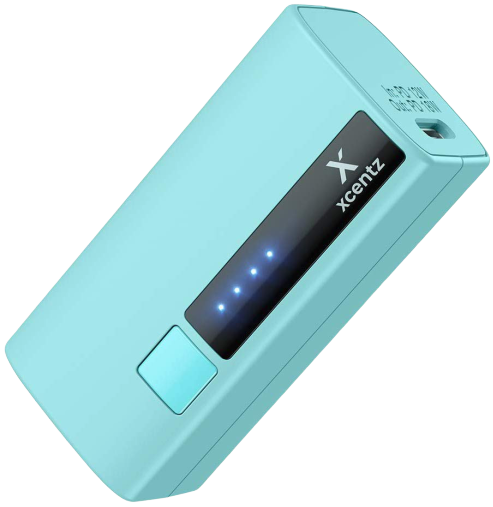
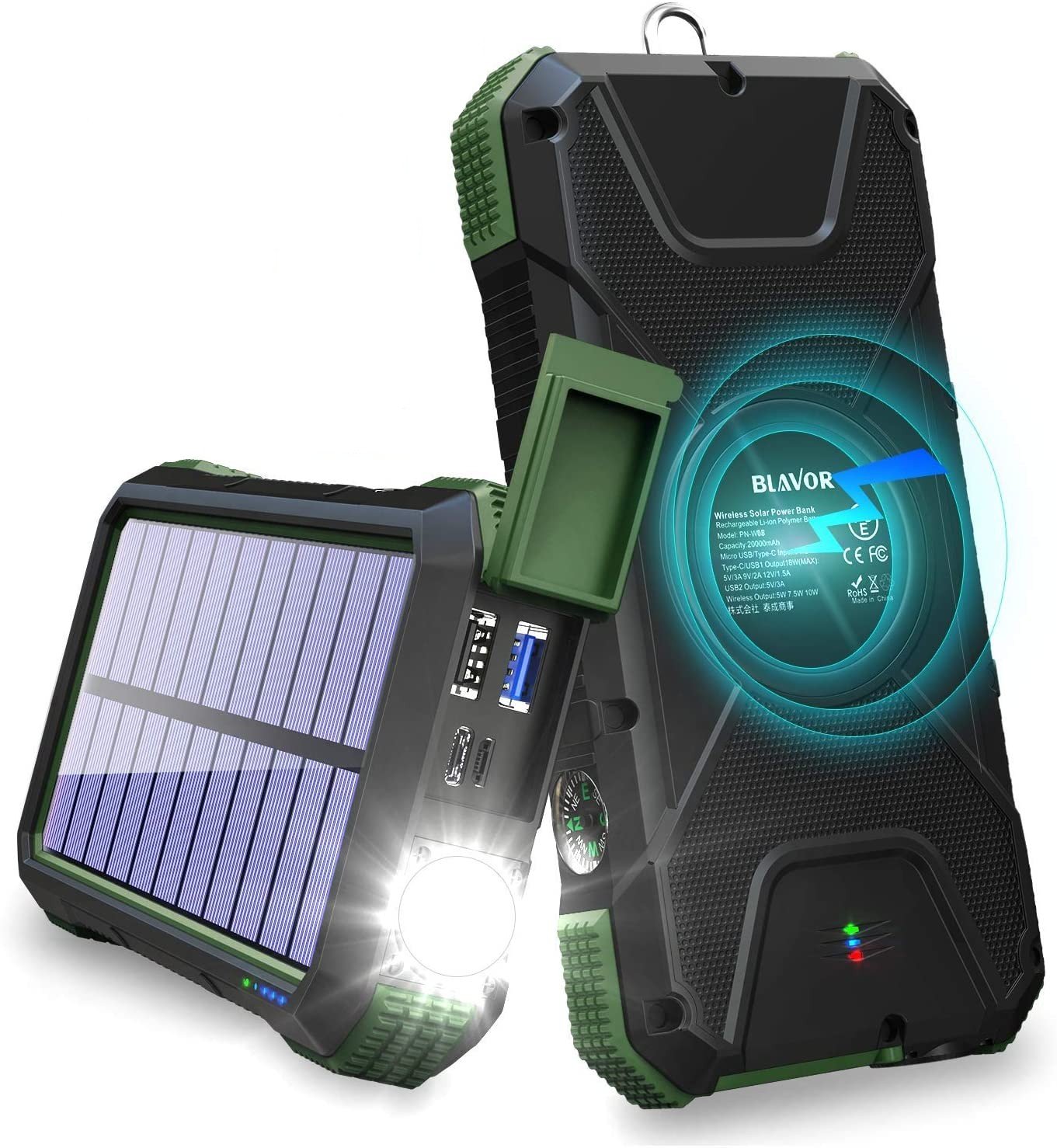
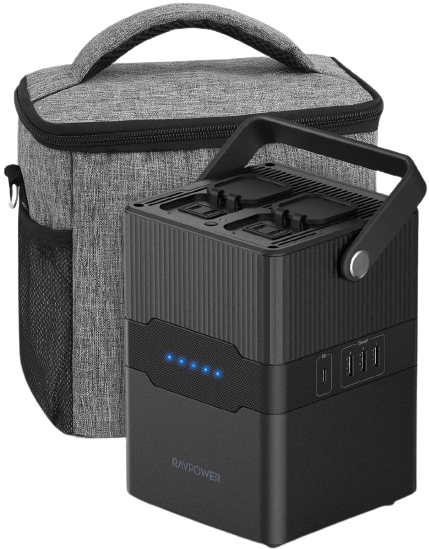
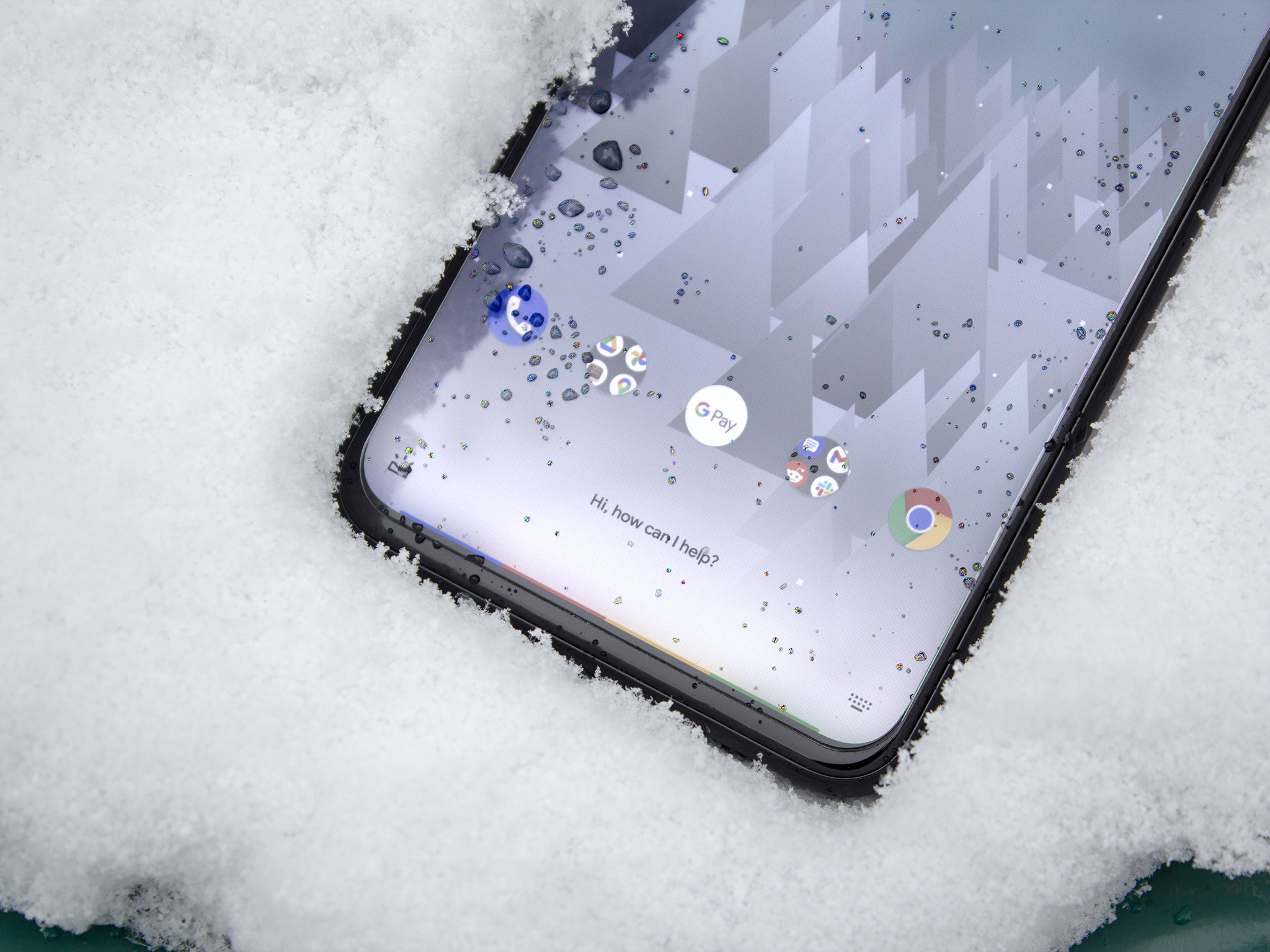
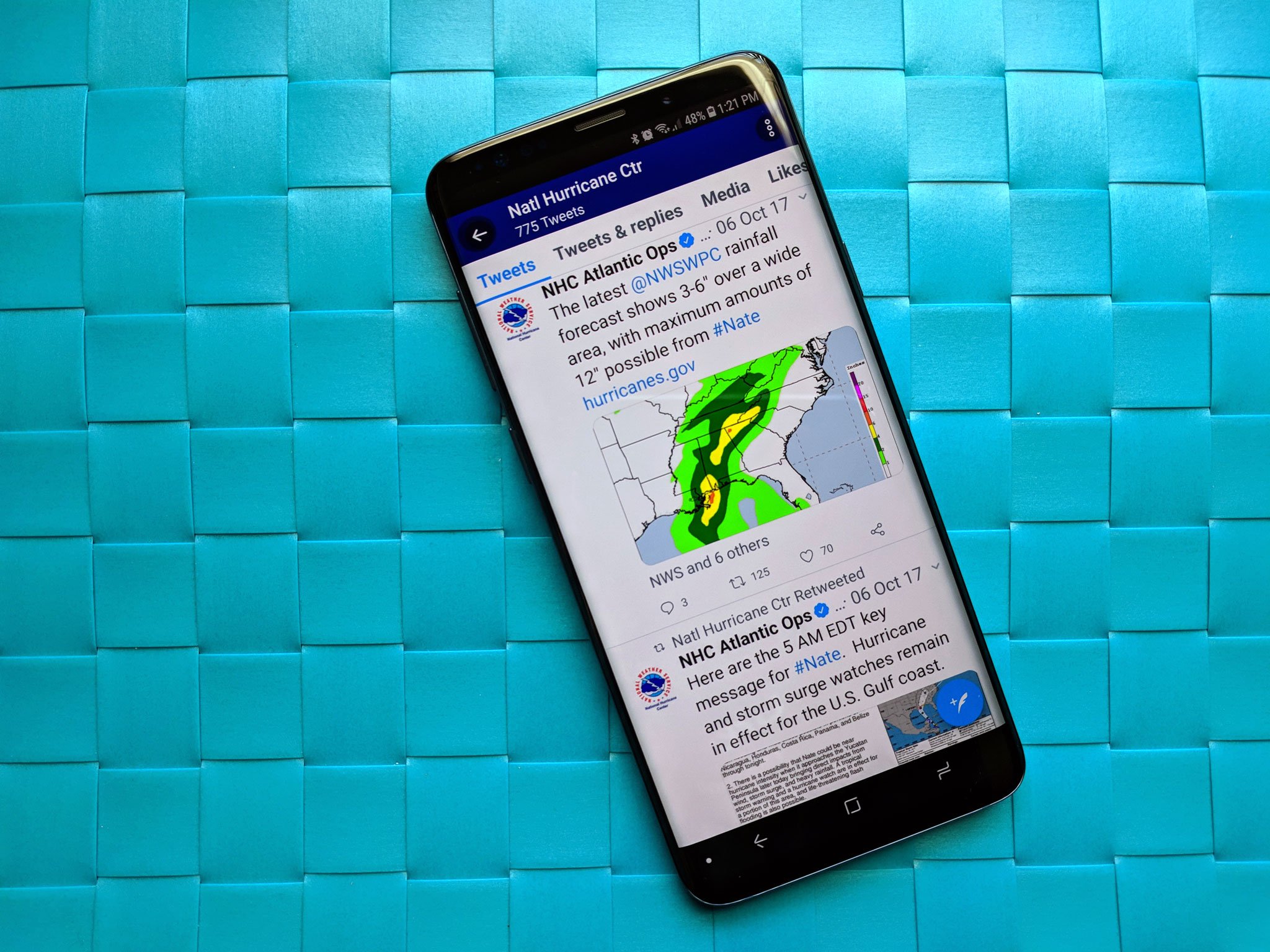
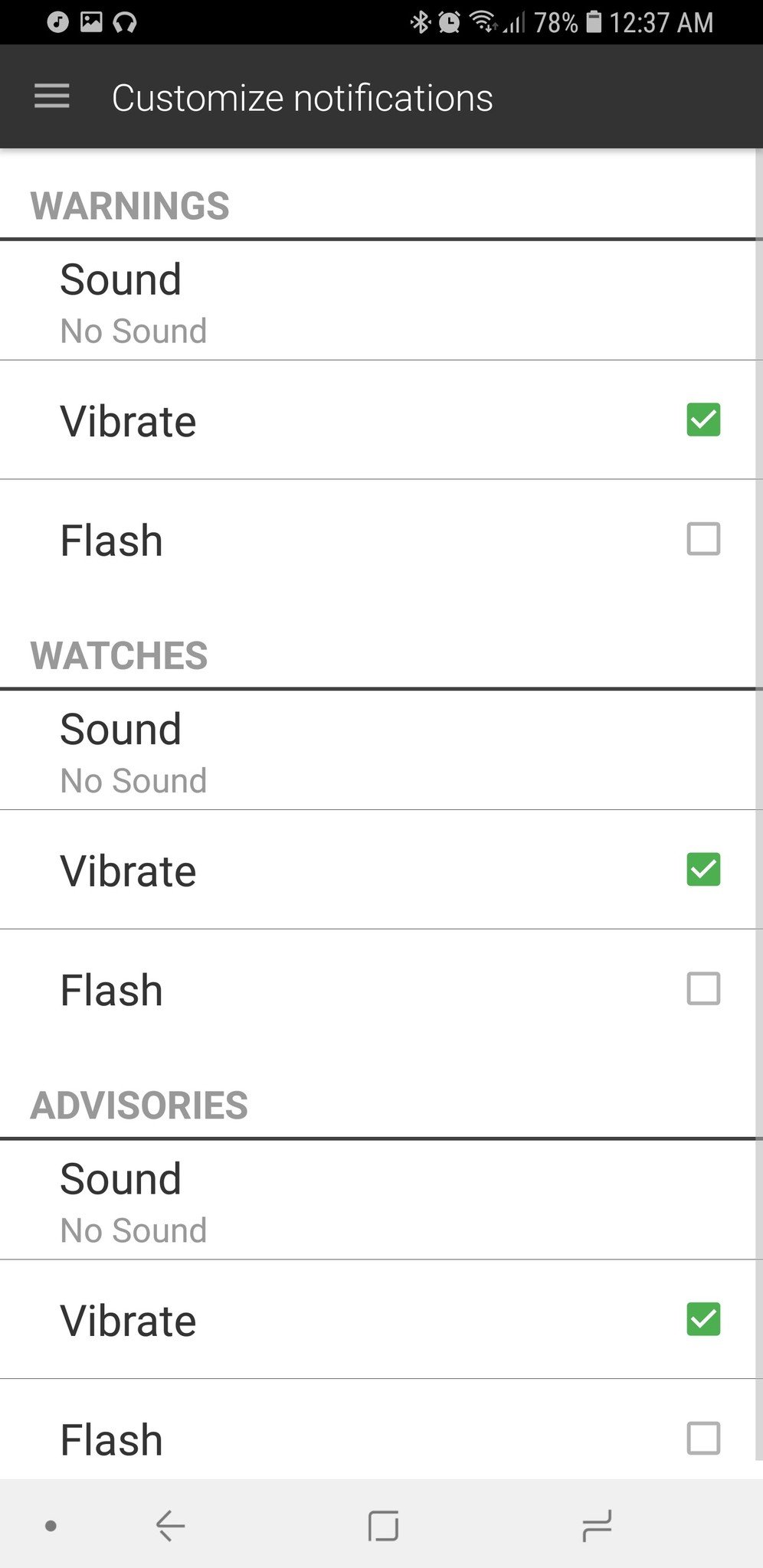
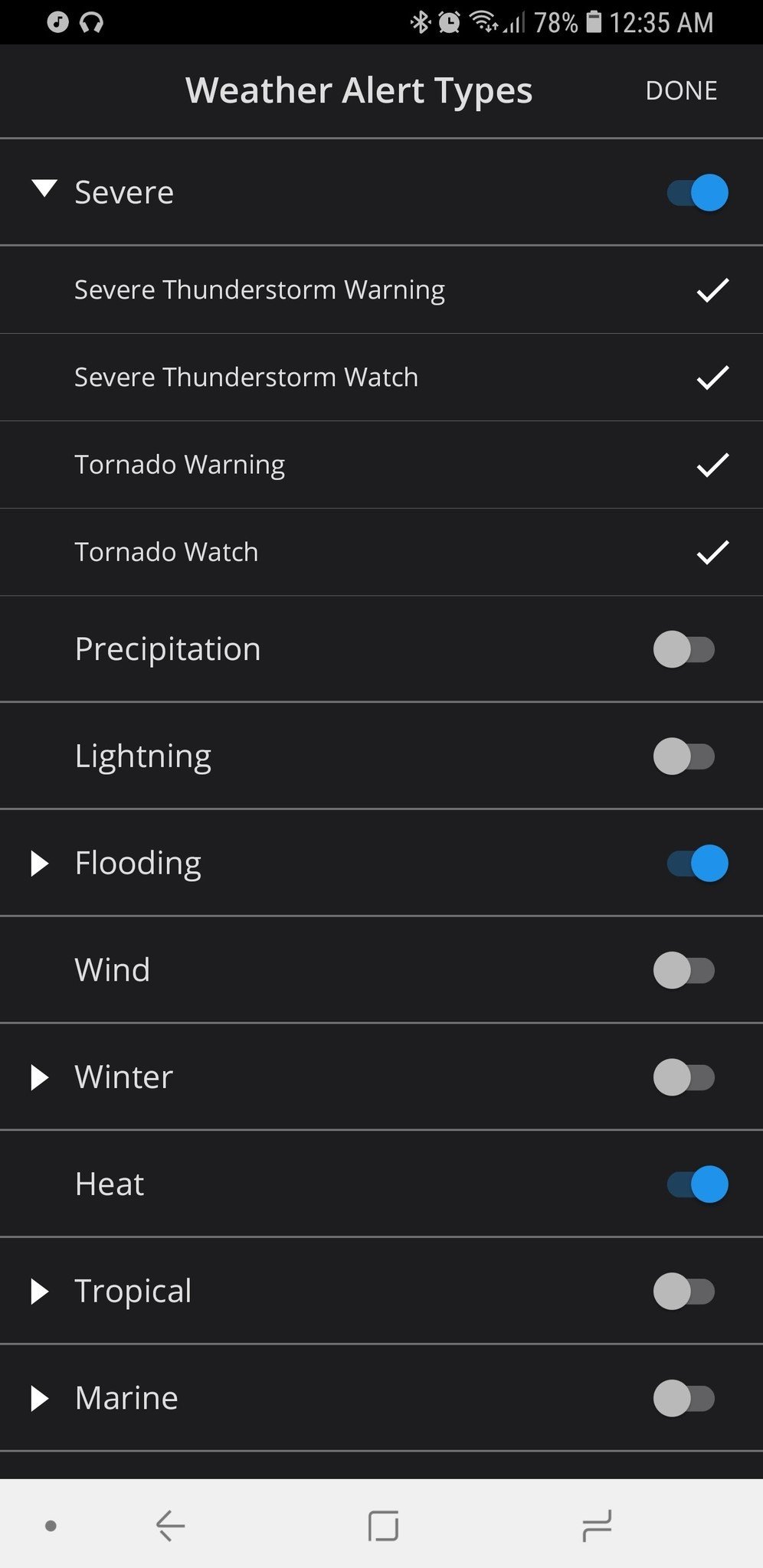
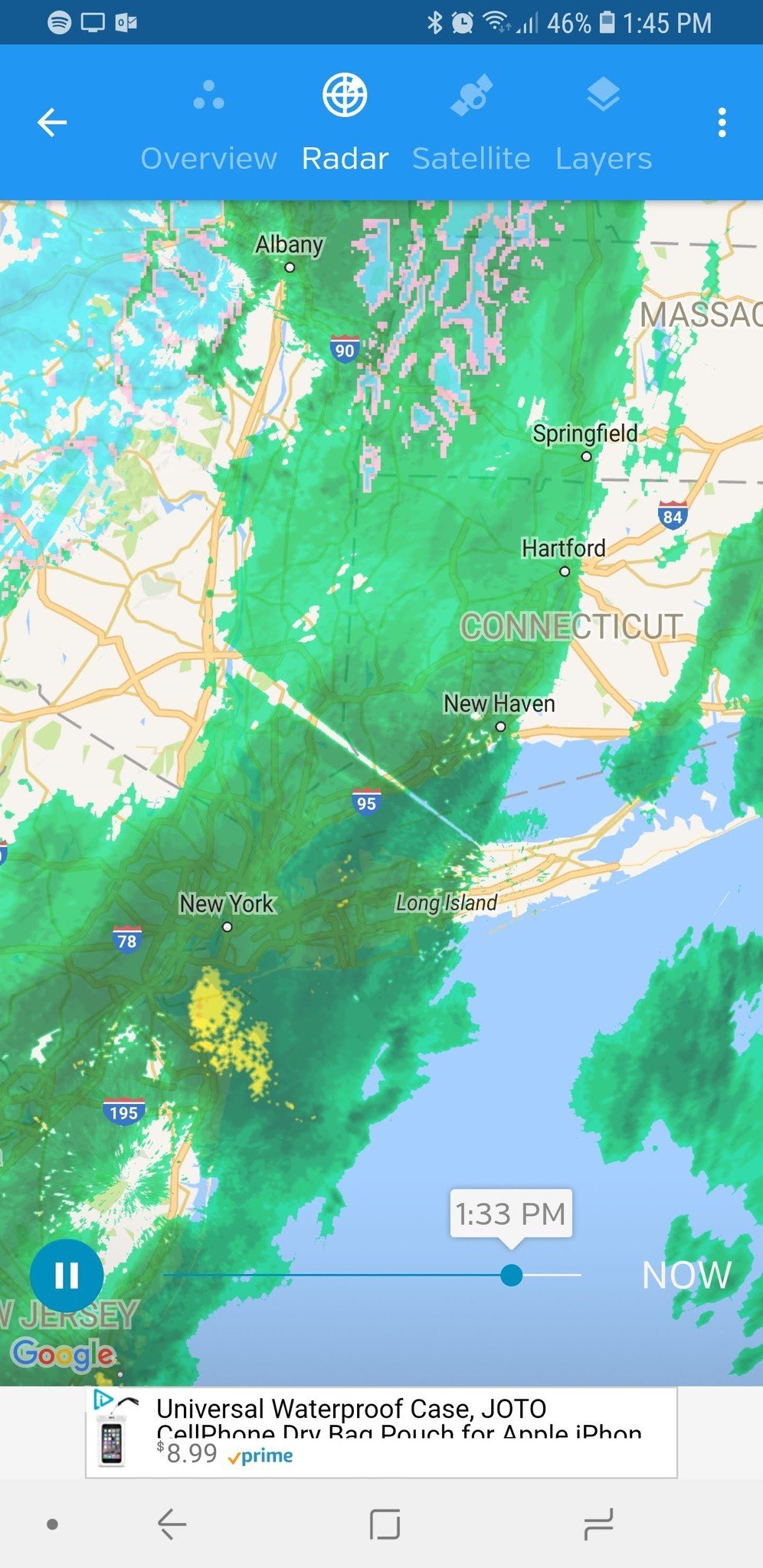
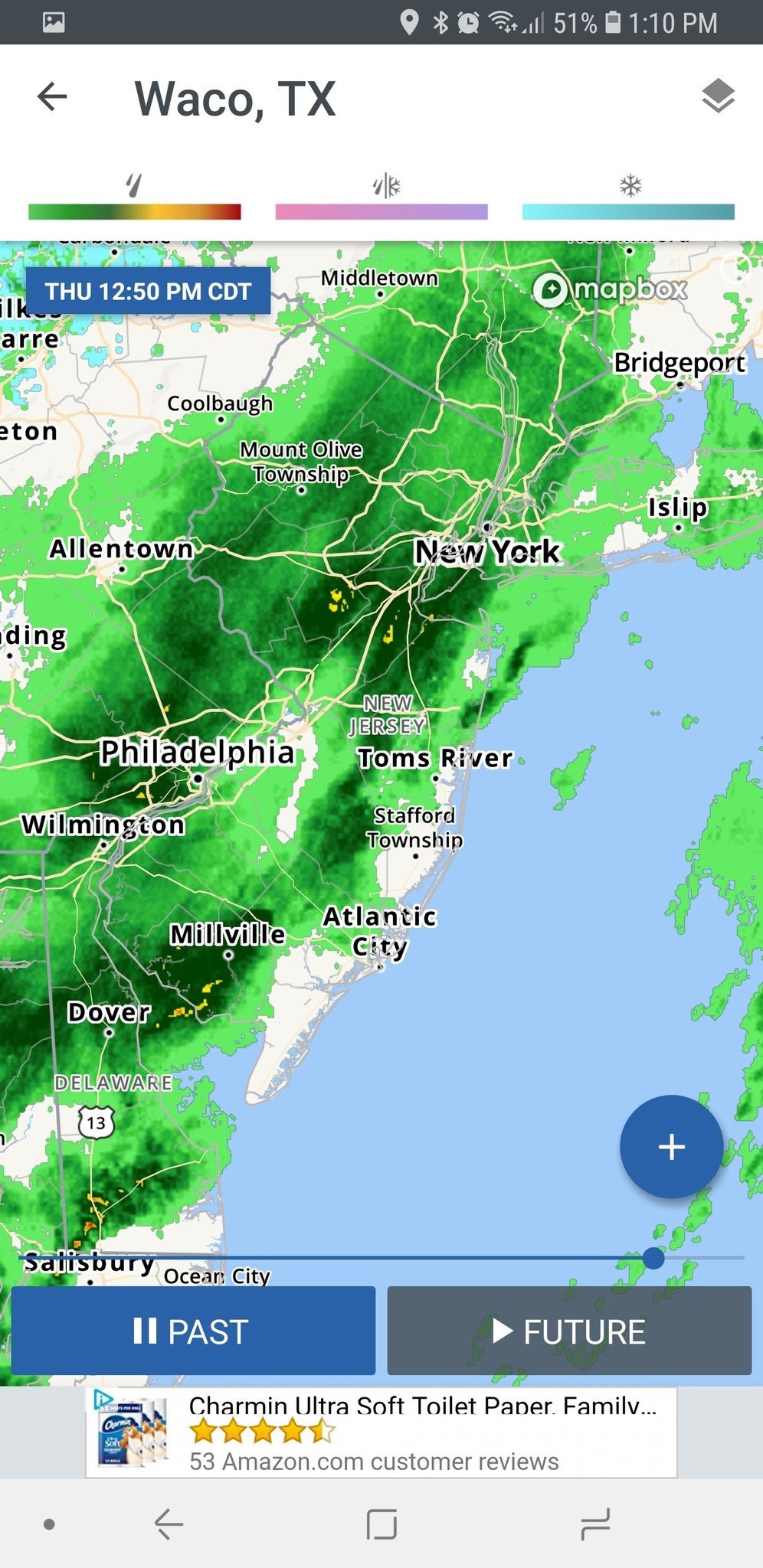
No comments:
Post a Comment